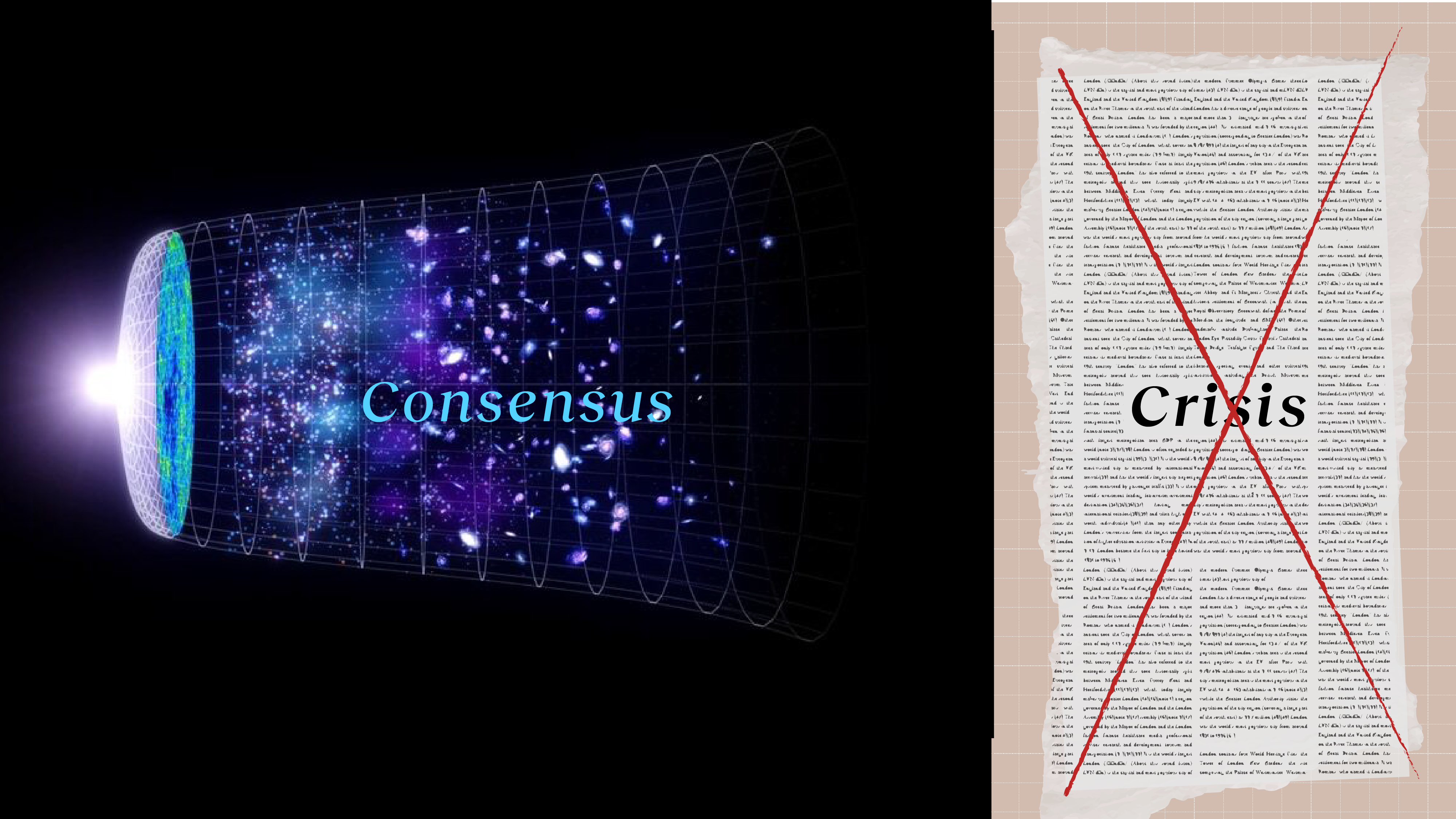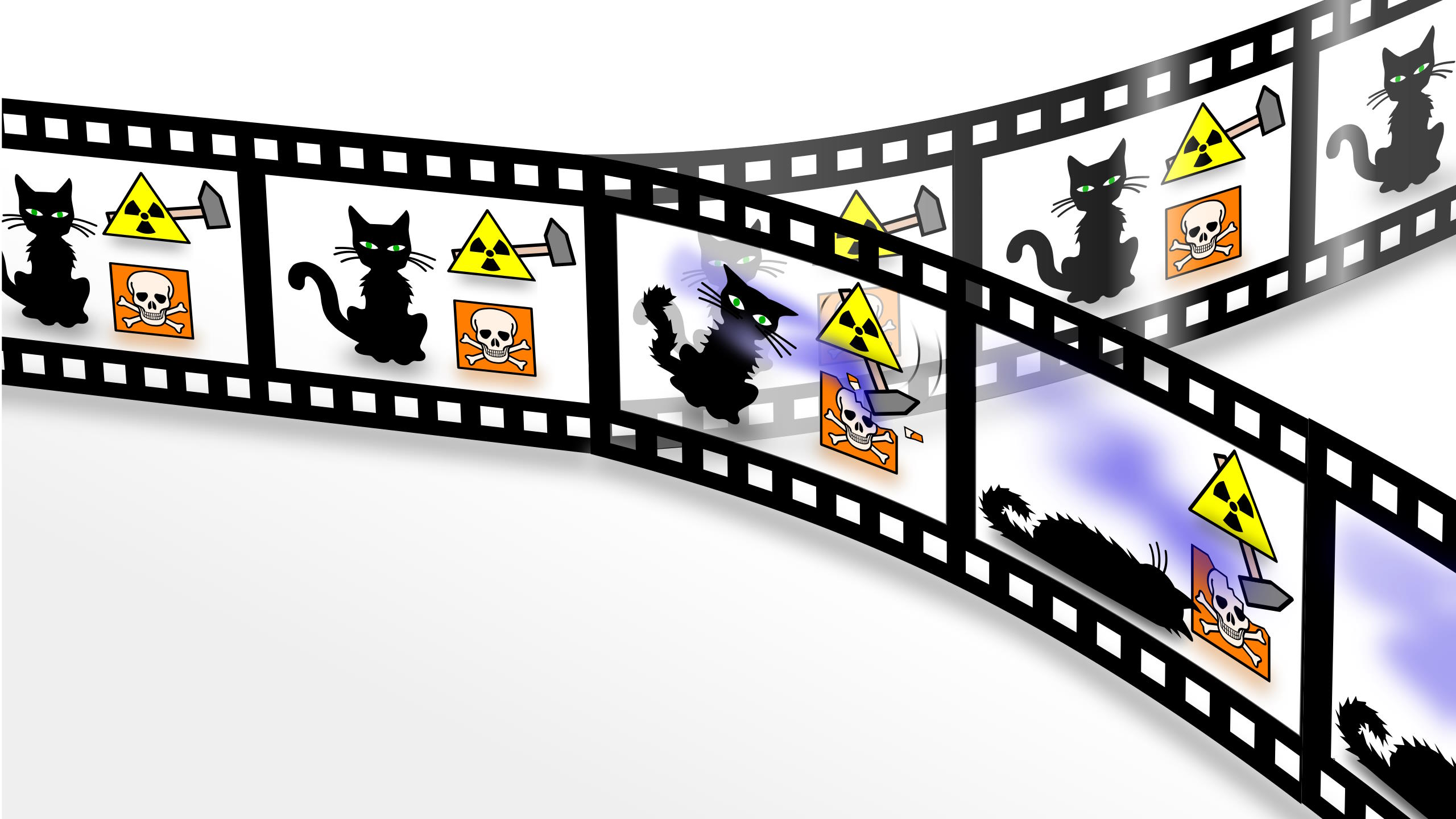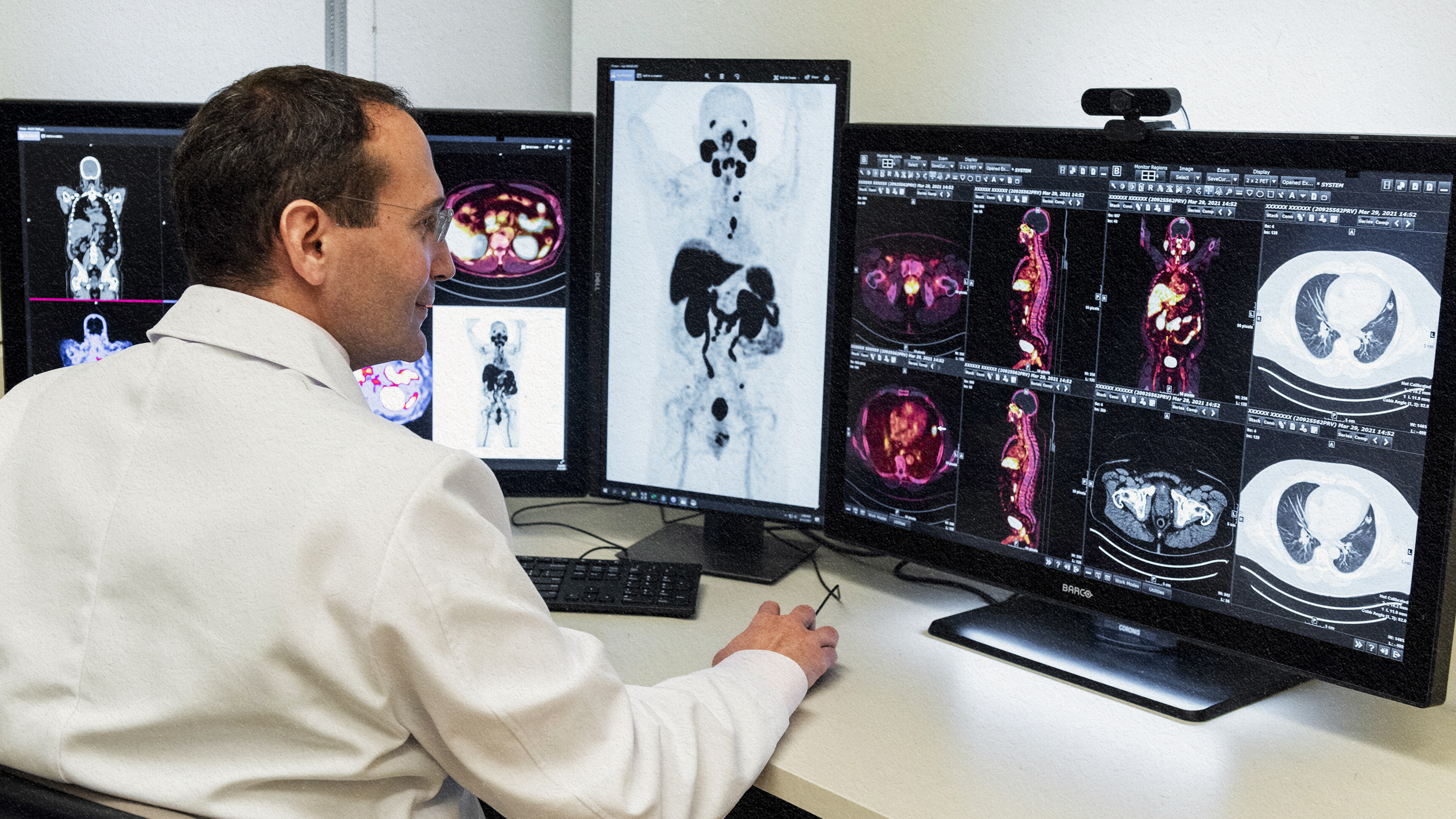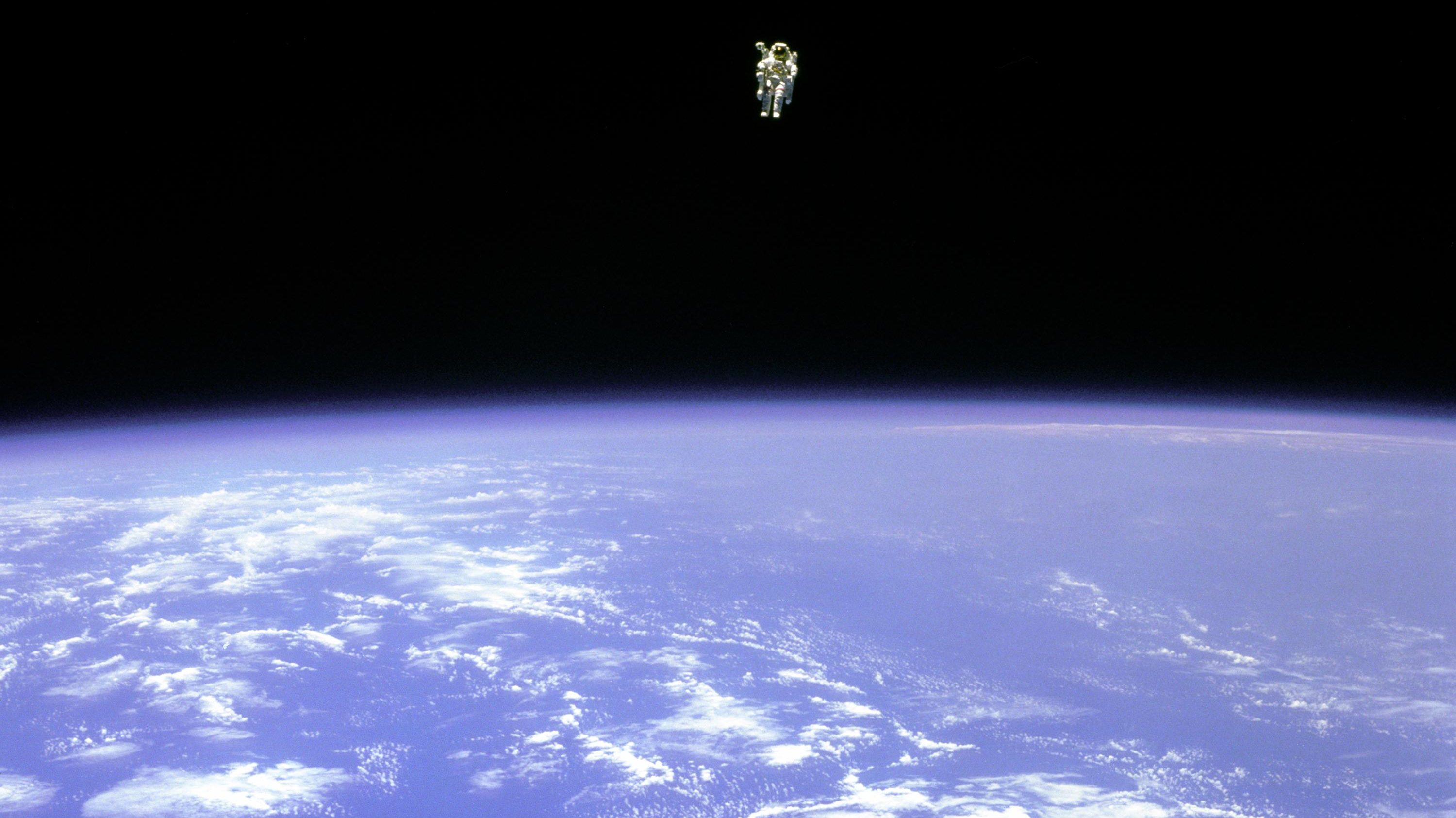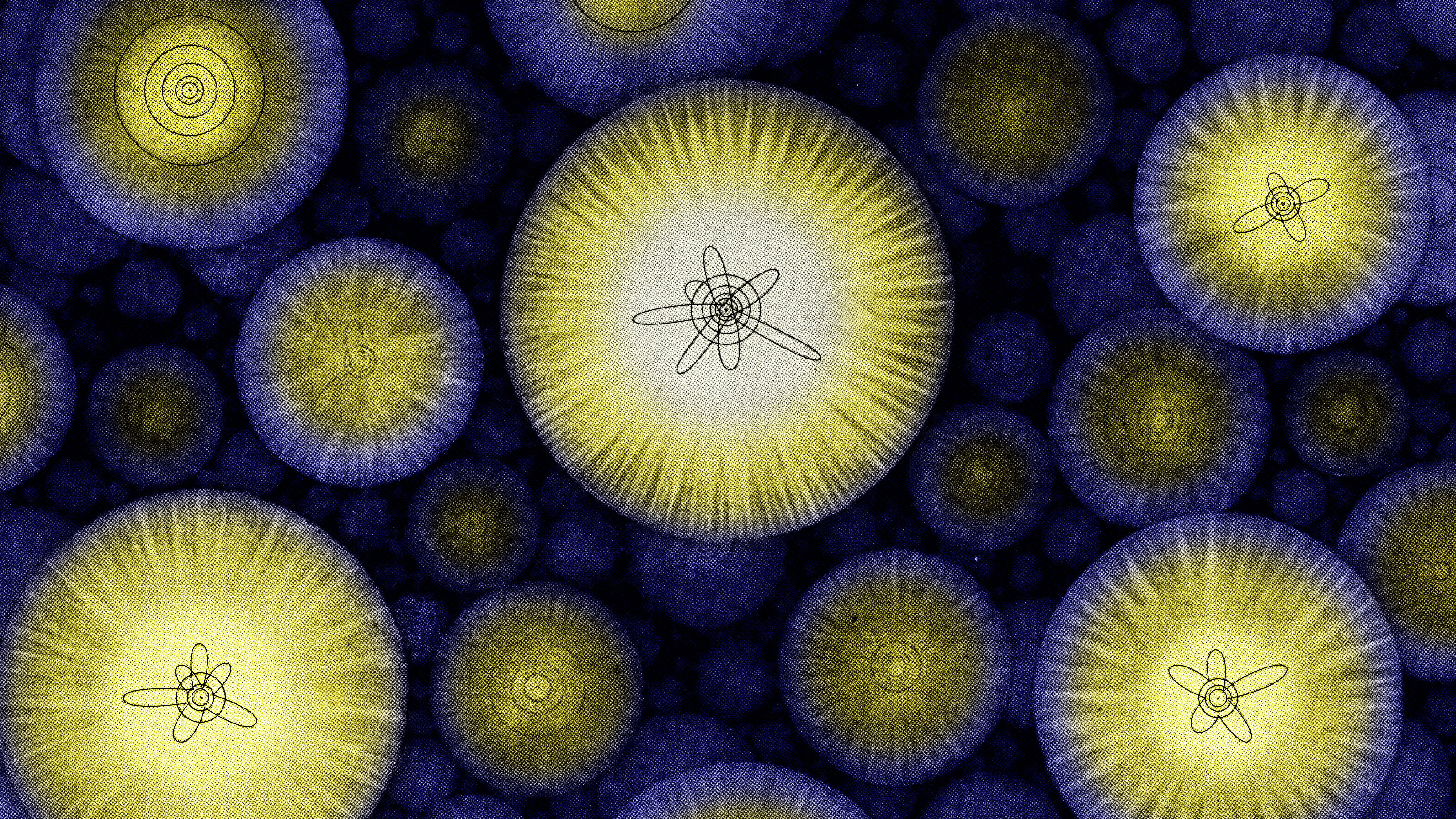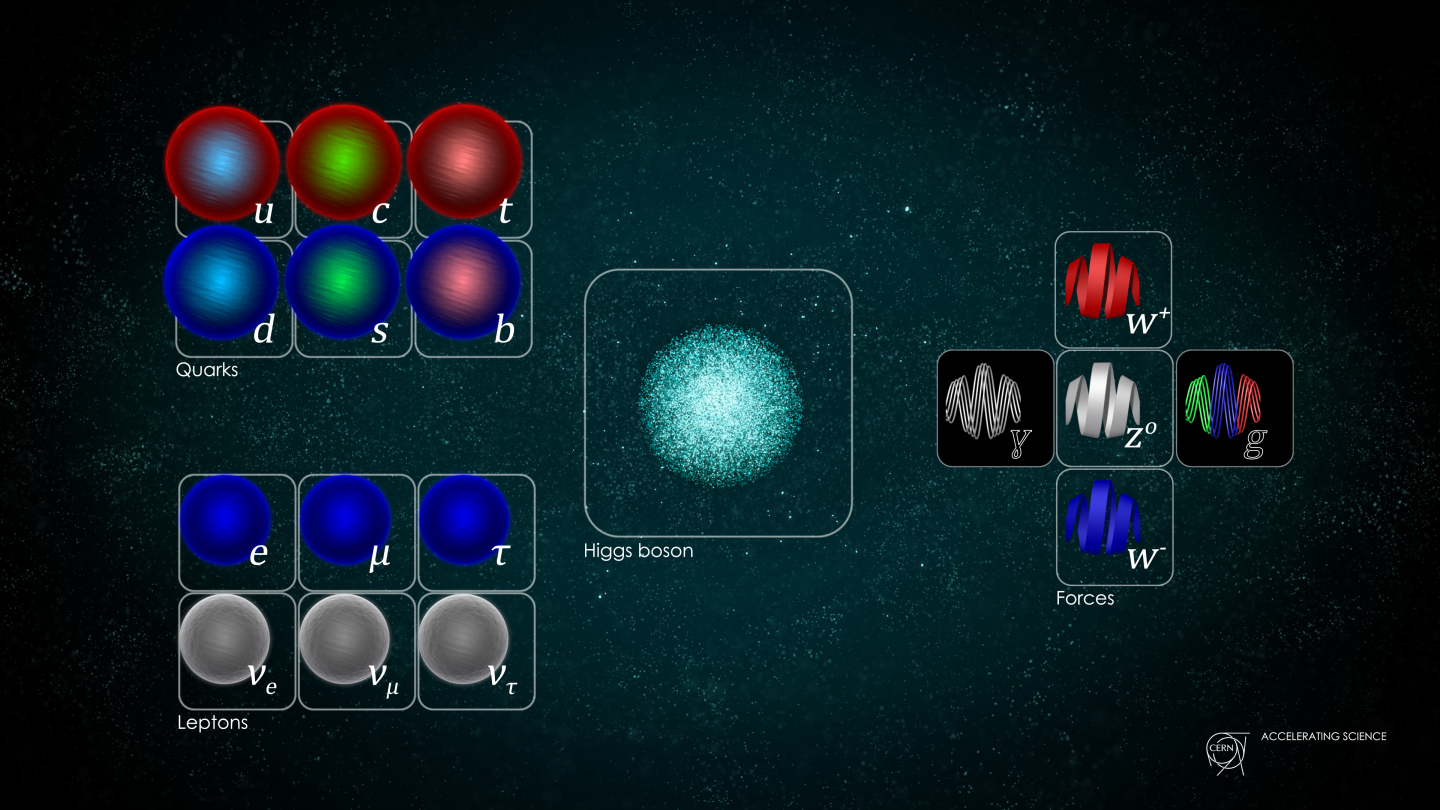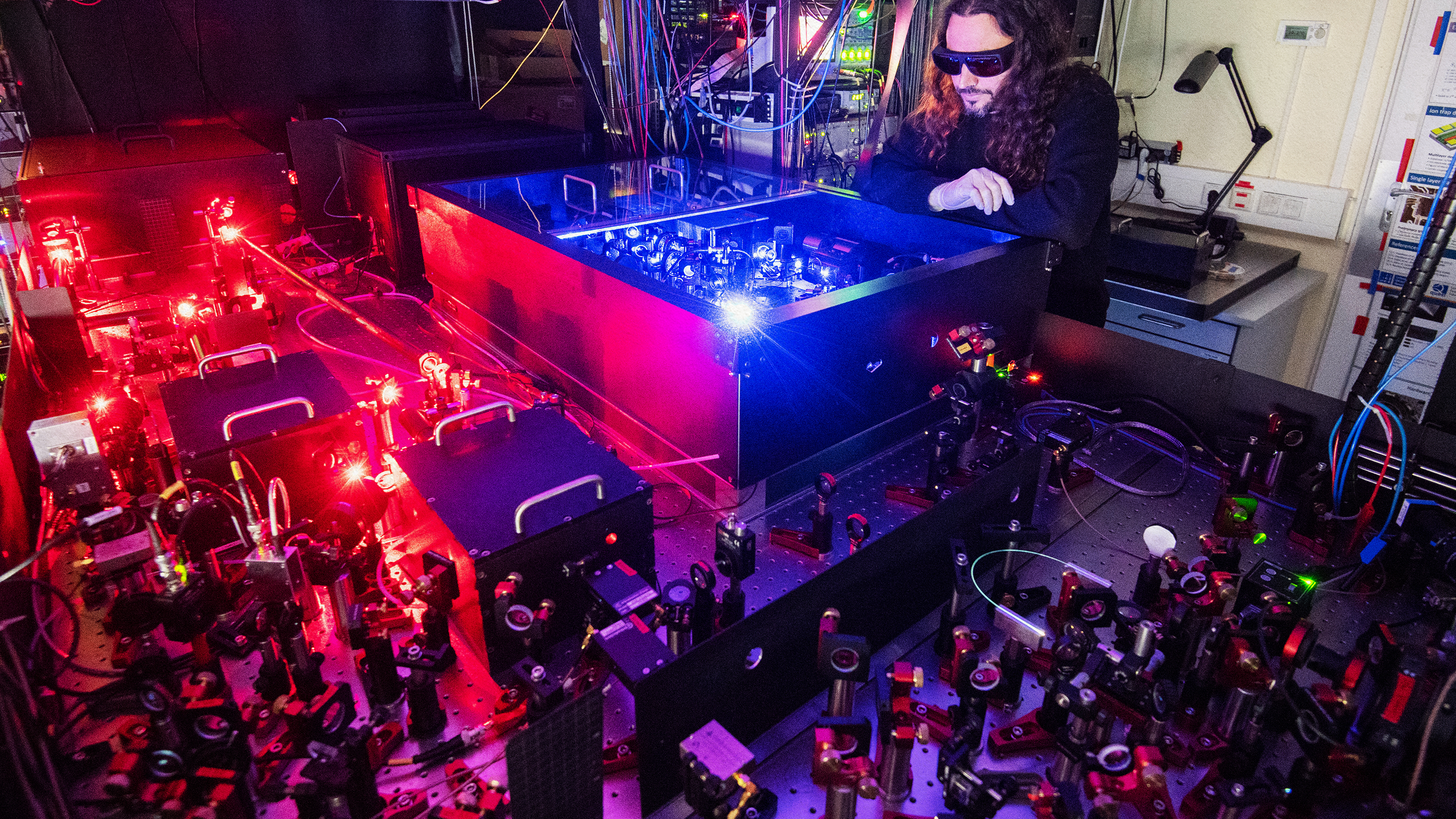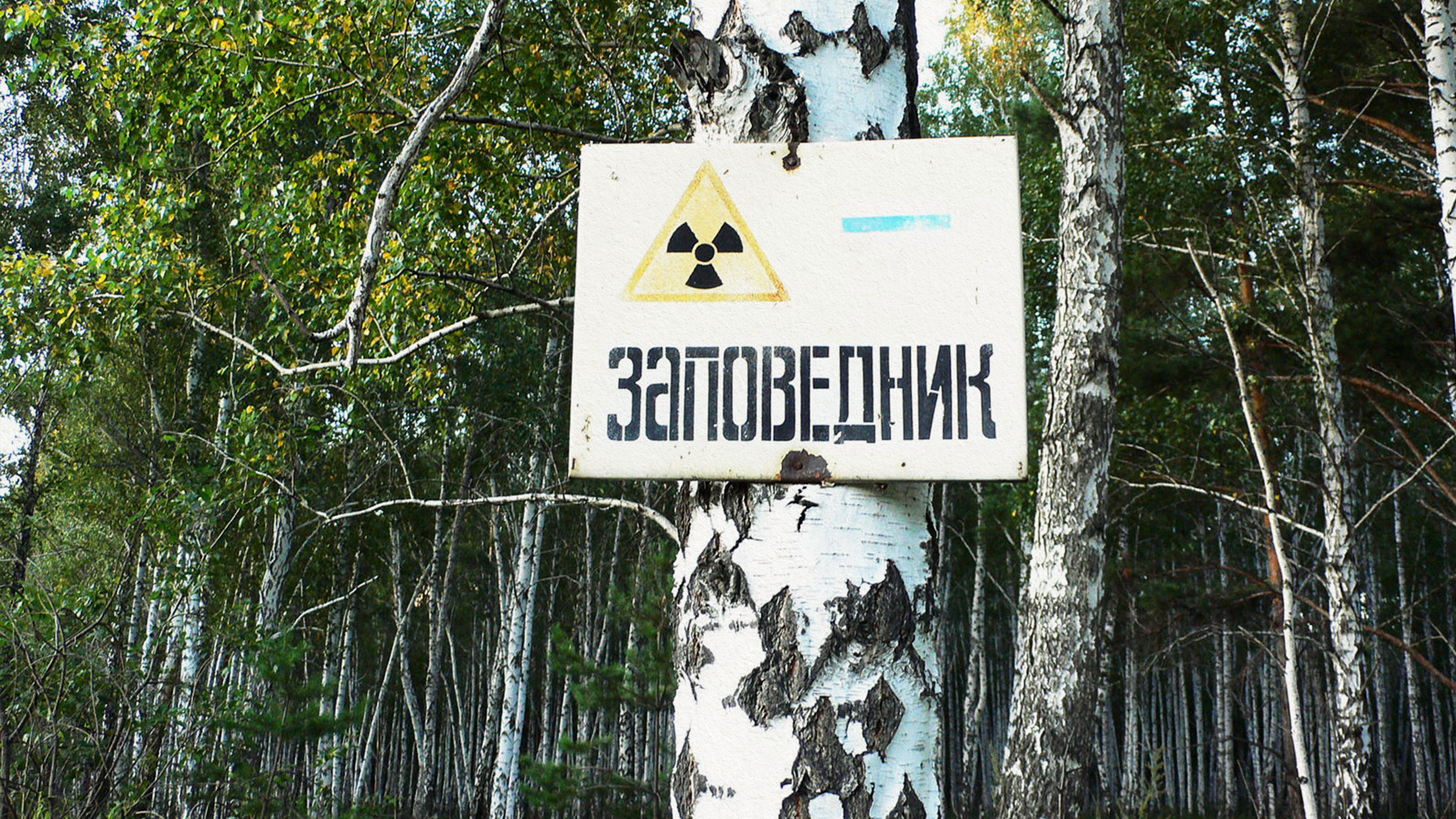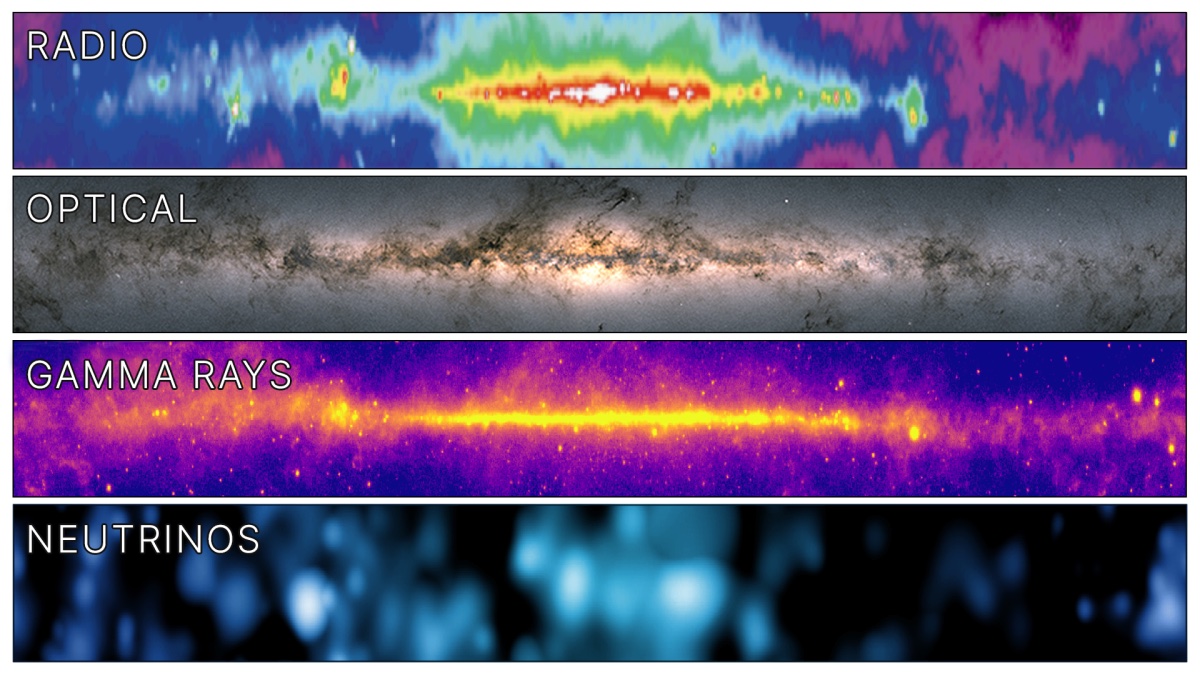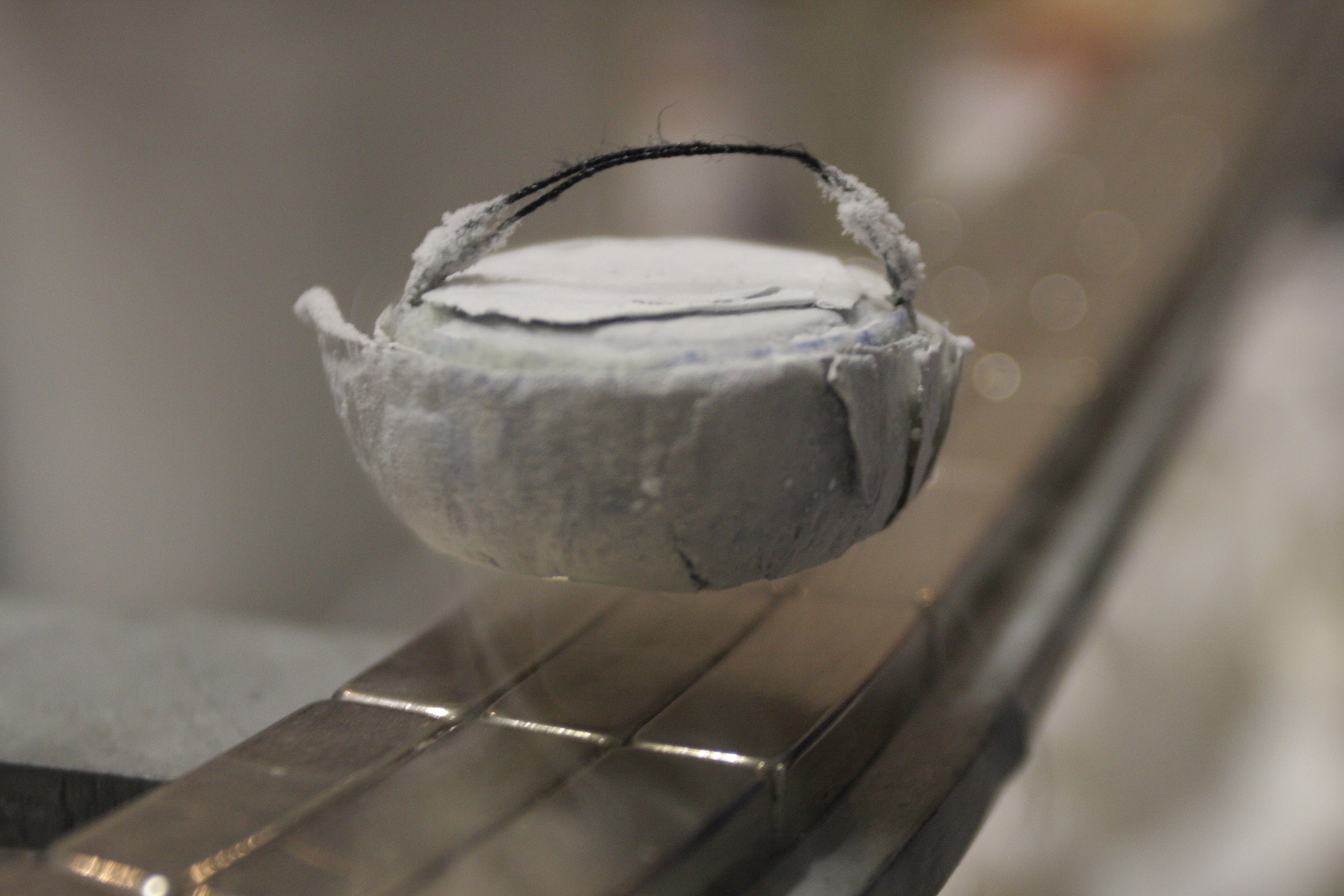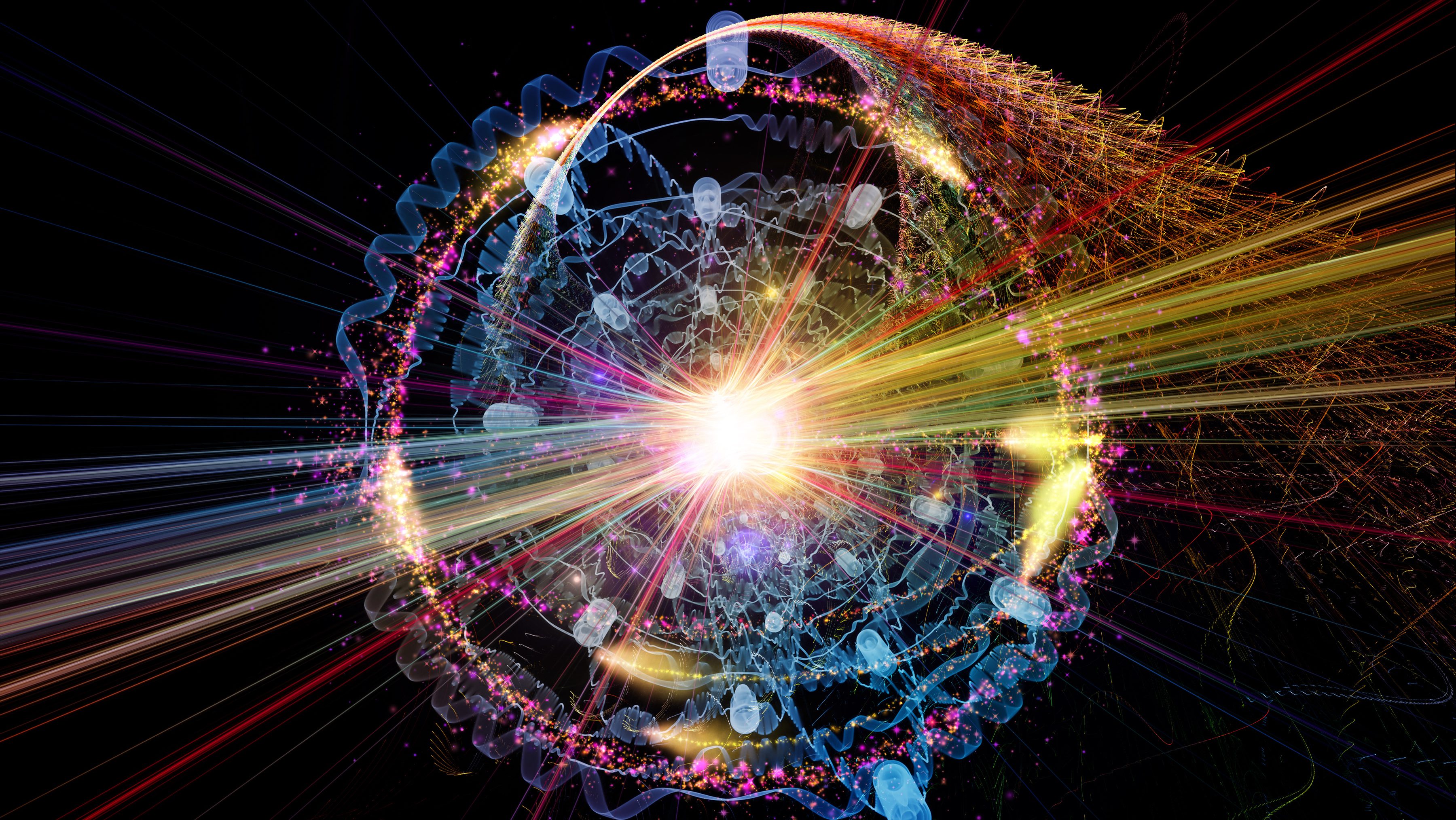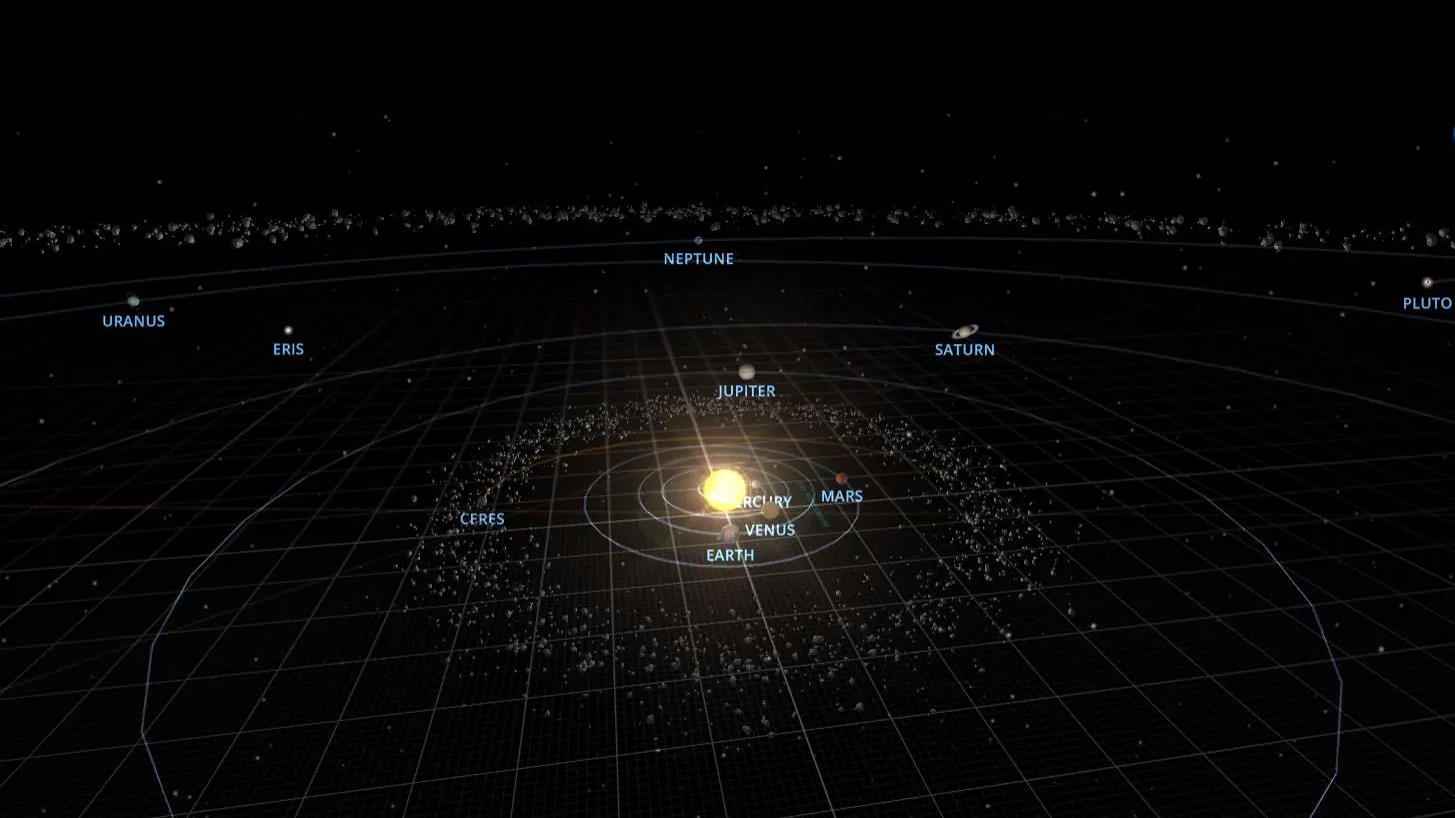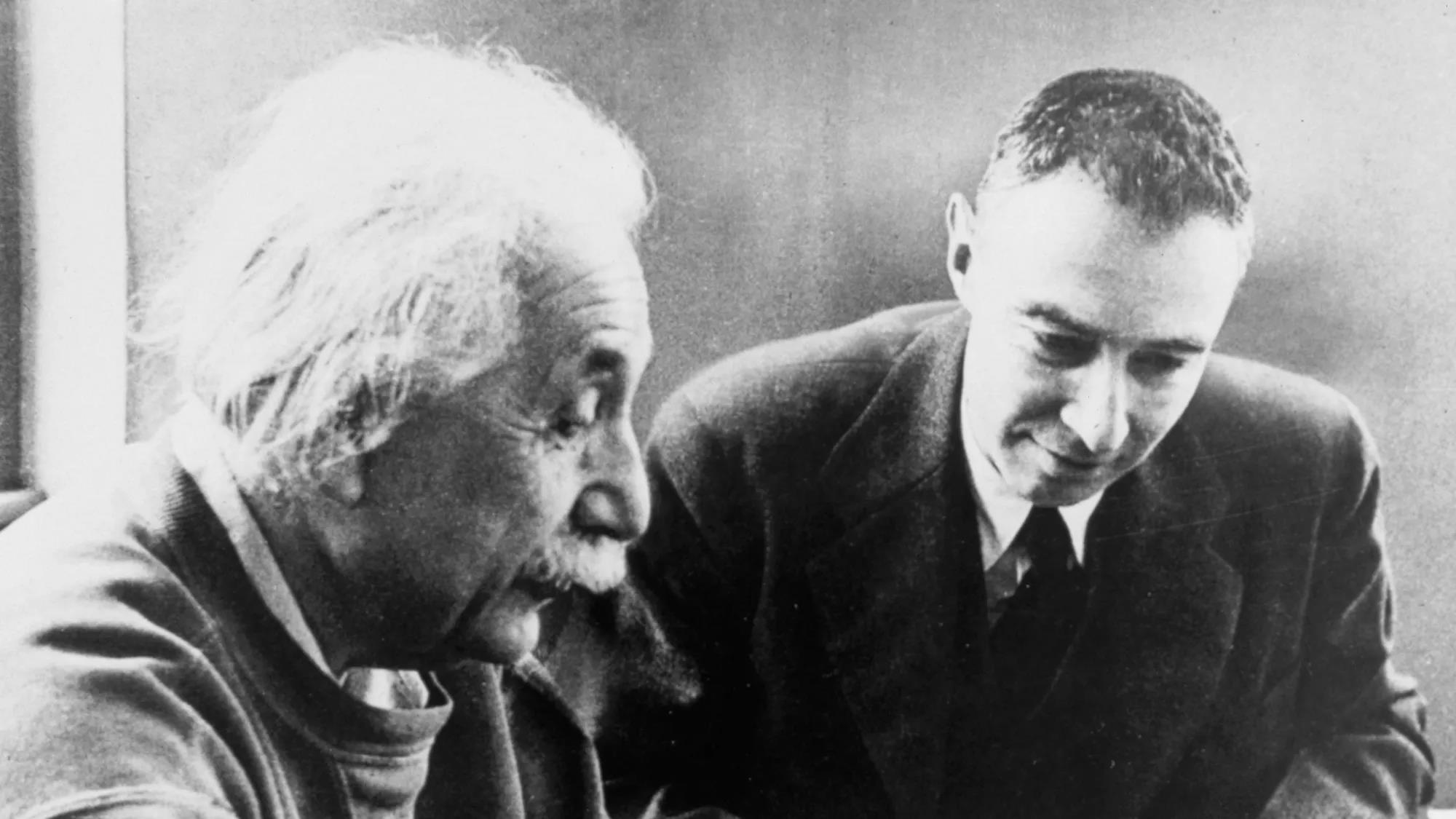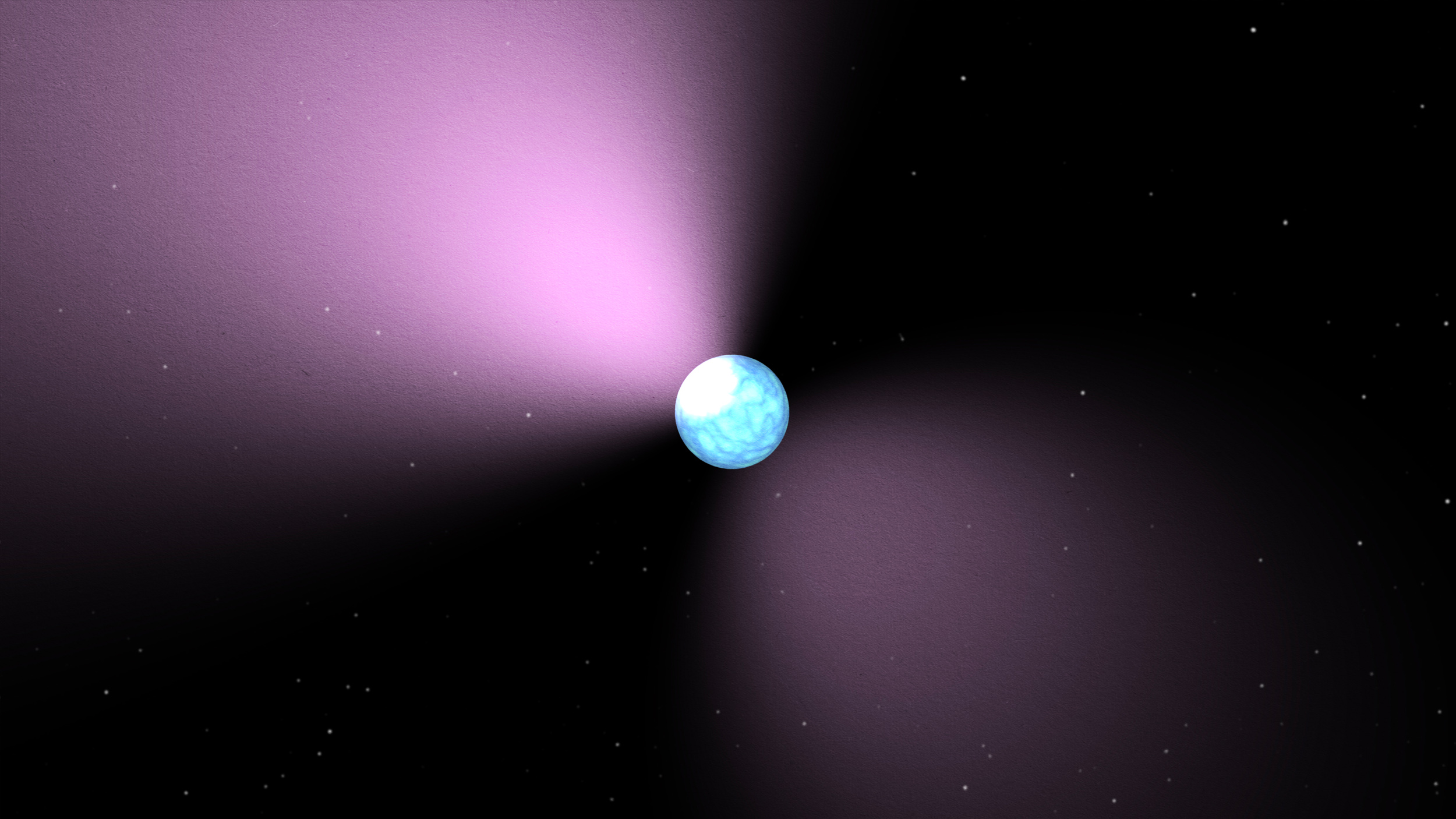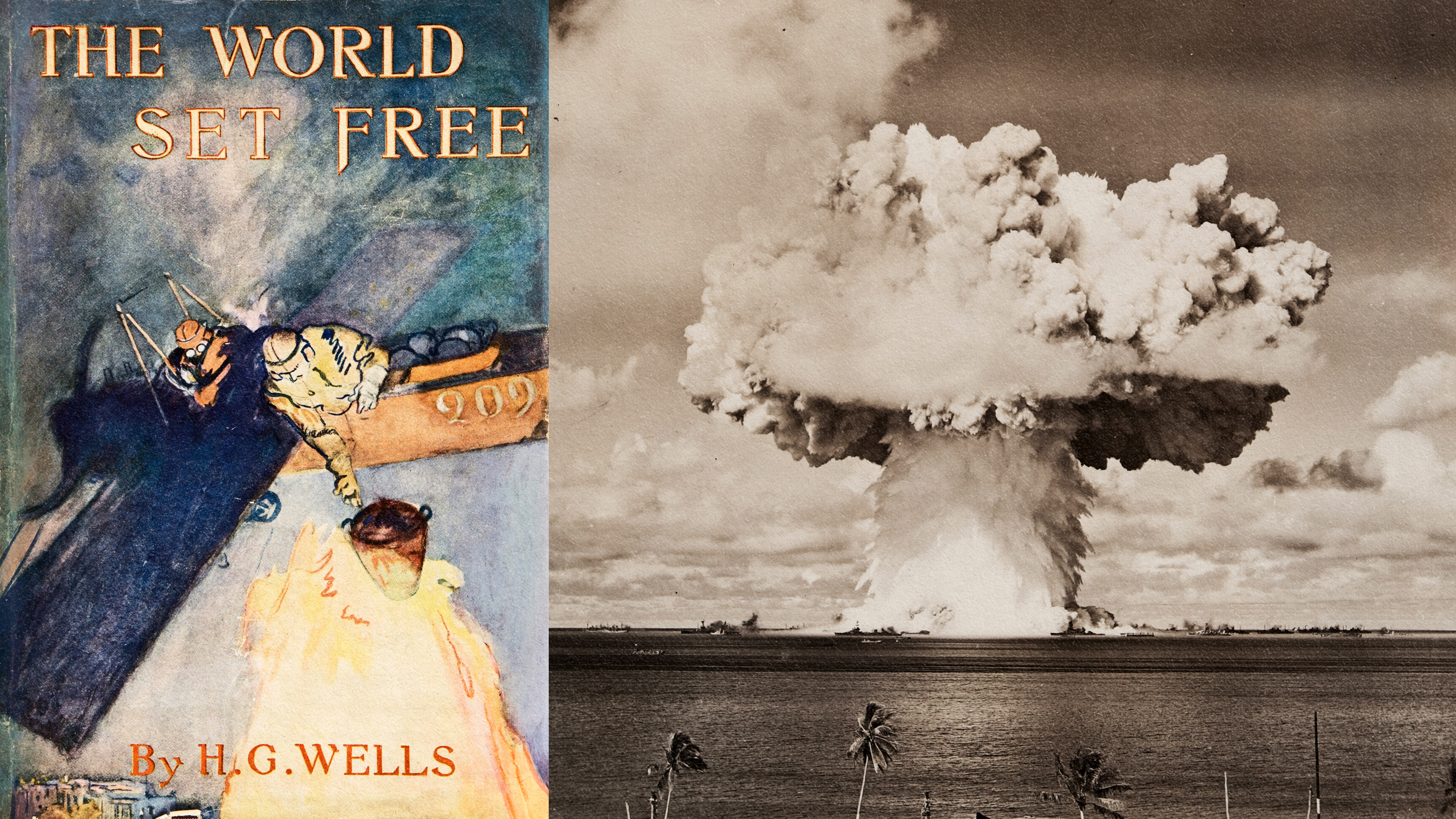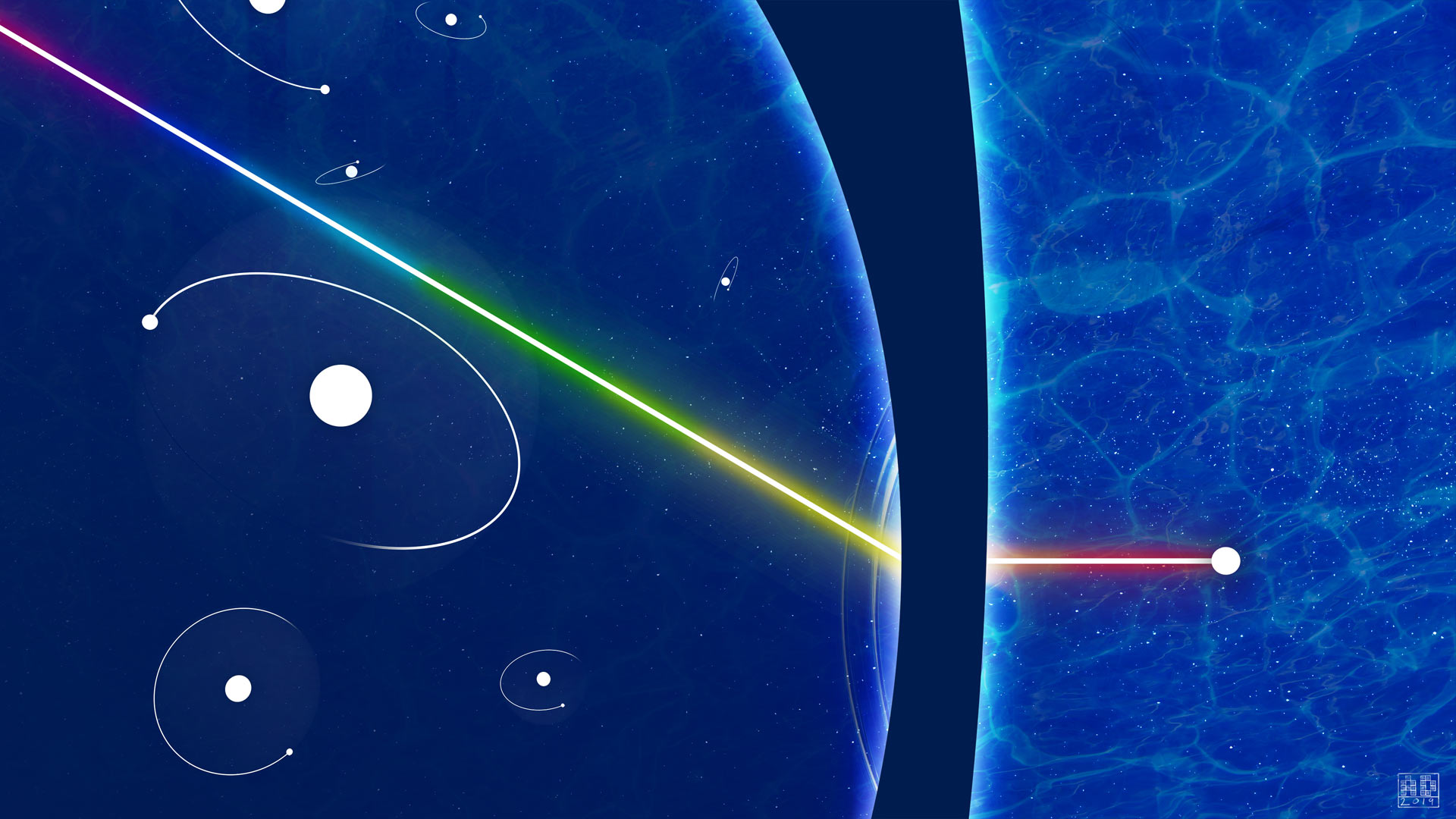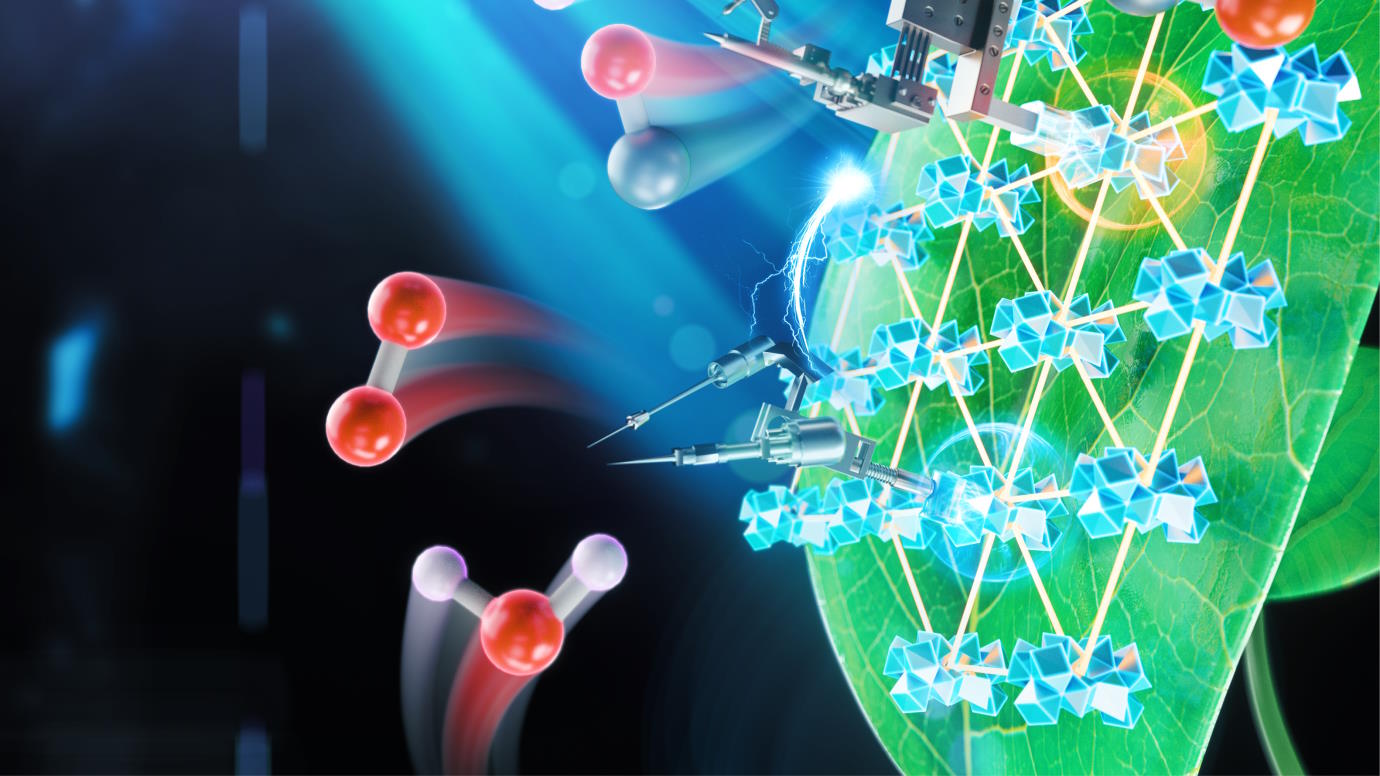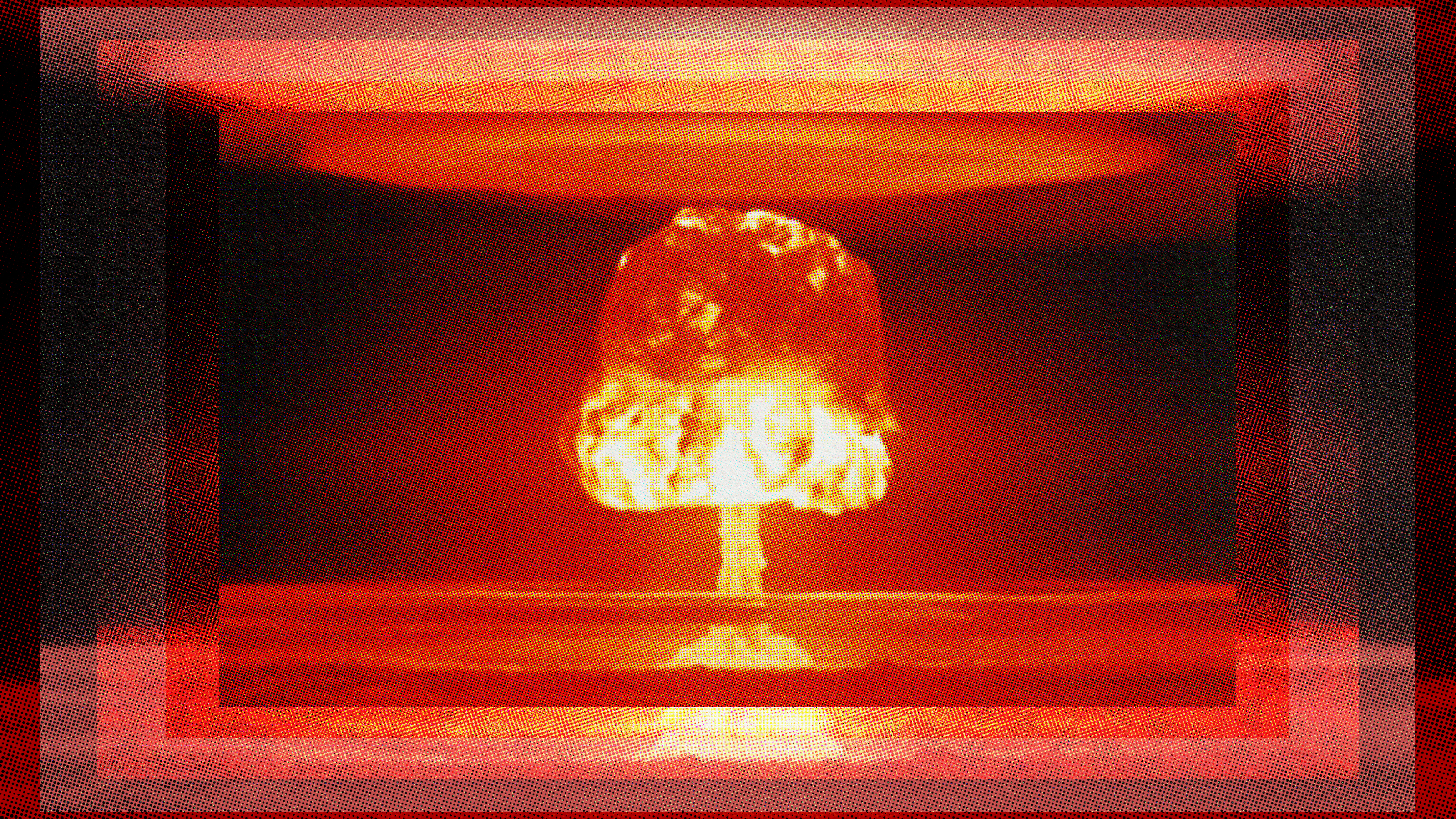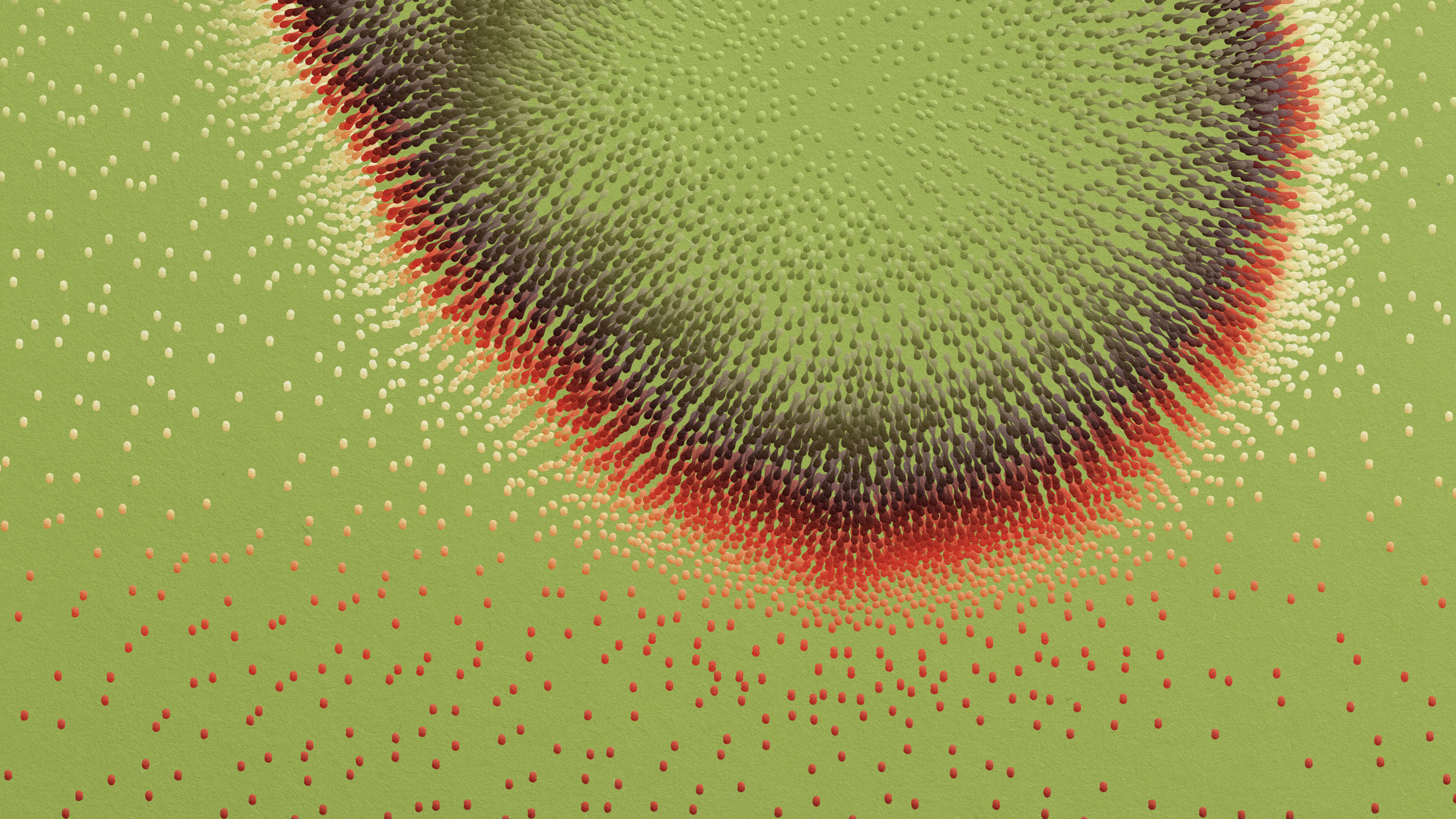particle physics
There are a few clues that the Universe isn’t completely adding up. Even so, the standard model of cosmology holds up stronger than ever.
American students are being compelled to specialize earlier and earlier. Here’s what it takes to build a successful physics foundation.
Positron emission tomography (PET) scans use positrons — the antimatter equivalent of an electron — to locate cancer in the body.
When the average person has a “theory,” they’re just guessing. But for a scientist, a theory is the pinnacle of what we can achieve.
By probing the Universe on atomic scales and smaller, we can reveal the entirety of the Standard Model, and with it, the quantum Universe.
When what we predict and what we measure don’t add up, that’s a sign there’s something new to learn. Could it be a new fundamental force?
As the Manhattan Project headed for completion, German attempts to build a nuclear weapon had already been dismantled.
Some constants, like the speed of light, exist with no underlying explanation. How many “fundamental constants” does our Universe require?
Nature may not allow us full access to the weirdness of quantum mechanics.
In many ways, it was worse than Chernobyl.
As Marcel Proust said, “The real voyage of discovery… consists not in seeking new landscapes, but in having new eyes.”
LK-99, almost certainly, isn’t a room-temperature superconductor. The underlying physics of the phenomenon helps us understand why.
The visible Universe extends 46.1 billion light-years from us, while we’ve probed scales down to as small as ~10^-19 meters.
There may be unknown particles lurking inside the quantum foam.
Is LK-99 truly a room temperature superconductor? These 4 tests, none of which have yet been passed, will separate fact from fiction.
The National Ignition Facility just repeated, and improved upon, their earlier demonstration of nuclear fusion. Now, the true race begins.
Recent claims put LK-99 as the first room temperature, ambient pressure superconductor ever. Has the game changed, or is it merely hype?
Scientists are notoriously resistant to new ideas. Are they falling prey to groupthink? Or are our current theories just that successful?
Even with the quantum rules governing the Universe, there are limits to what matter can withstand. Beyond that, black holes are unavoidable.
Rocks and minerals don’t simply reflect light. They play with it and interact with light as both a wave and a particle.
Ultracold gases in the lab could help scientists better understand the universe.
The hunt for the elusive particles continues.
Invisible cloaks. Ghost imaging. Scientists are manipulating light in ways that were once only science fiction.
Scientists can make substantial progress without fully understanding exactly what they’re doing.
Science fiction met nuclear fission when Hungarian physicist Leó Szilárd pondered the explosive potential of nuclear energy.
Some processes, like quantum tunneling, have been shown to occur instantaneously. But the ultimate cosmic speed limit remains unavoidable.
All biological systems are wildly disordered. Yet somehow, that disorder enables plant photosynthesis to be nearly 100% efficient.
The biggest nuclear blast in history came courtesy of Tsar Bomba. We could make something at least 100 times more powerful.
Quantum physics is starting to show up in unexpected places. Indeed, it is at work in animals, plants, and our own bodies.
